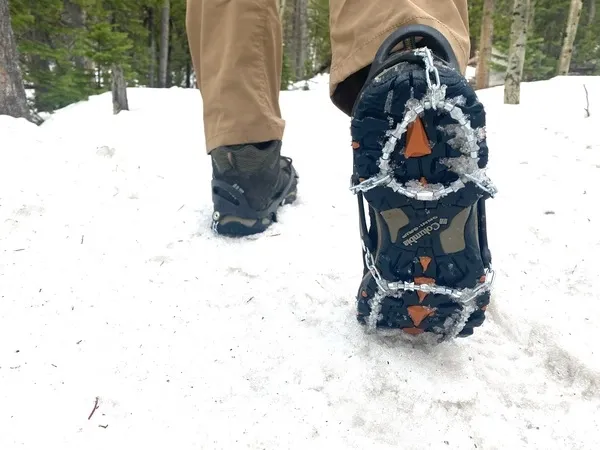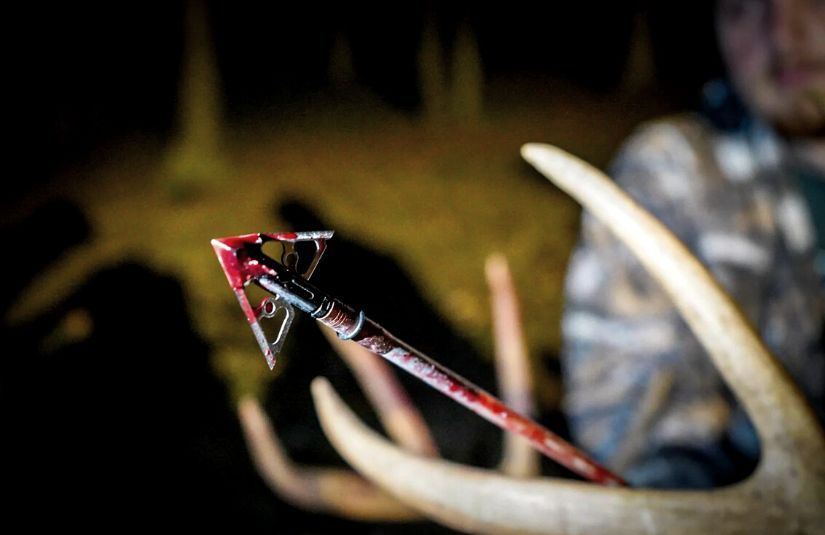A Quick Read on How to Use Microspikes for Hiking
Learn how to use micro spikes for hiking with this super simplified guide. We'll cover everything you need to know, from installation and removal to walking in them and avoiding falls.
Microspikes are an essential piece of gear for hiking in icy or snowy conditions. They provide traction and stability on slippery surfaces, making them ideal for use on trails that are icy or covered in packed snow.
But how do you use microspikes? In this blog post, we'll answer a few basic questions and give you some tips on how to get the most out of your microspikes.
How to Put On Microspikes
Microspikes are easy to put on and take off, but it's important to make sure that they're properly secured before heading out on the trail. Here's a quick step-by-step guide on how to put on your microspikes:
1. Place the microspikes over the toe of your hiking boot or shoe. The spikes should be pointing downwards.
2. Secure the front strap of the microspike around your boot or shoe. The strap should be tight but not so tight that it's uncomfortable.
3. Repeat step 2 for the rear strap.
4. That's it! Your microspikes are now secure and ready for use.
How to Use Microspikes
Microspikes provide traction and stability on slippery surfaces, making them ideal for use on icy or packed snow trails. When using microspikes, it's important to walk at a slow and deliberate pace to avoid slipping and falling.
If you do start to slip, try to relax and stay calm - panicking will only make things worse. Here are a few more tips for using microspikes:
- If possible, hike with a partner who can help spot you if you start to slip.
- Pay attention to your surroundings and watch for changes in the trail conditions ahead of you.
- Be prepared for obstacles such as downed trees or large rocks that might be hidden by snow.
Also, check out our article on Cliff Camping
When To Use Microspikes
Microspikes are most effective when used on trails that are icy or covered in packed snow. They can also be helpful on loose scree or talus if you're hiking in mountainous terrain.
In general, microspikes should be used anytime there is potential for slipping on the trail.
But remember microspikes do not provide any additional support or stability if you happen to fall. For this reason, they should not be used when hiking in areas where there is potential for a long fall, such as near steep cliffs.

Can You Run In Microspikes
You can run in microspikes, but it's not recommended. Microspikes are designed for walking, not running, and they can be uncomfortable to run in if you're not used to them.
If you do decide to run in microspikes, be sure to start out slowly and increase your speed gradually. And as always, pay attention to your surroundings and watch for changes in the trail conditions.
Microspikes can be a great asset for hiking in icy or snowy conditions, but it's important to use them properly. Follow the tips above and you'll be sure to get the most out of your microspikes.
If you are planning a winter hunting trip, discover secure techniques for attaching haul lines to firearms.
Conclusion
With proper care and use, microspikes can last for many years of winter hikes. By following the tips in this blog post, you'll be able to get the most out of your microspikes and enjoy safe and stable footing on even the iciest of trails.
And if you are looking for the best hiking microspikes, then simply tap the button below and find our top picks available on the market right now.

Check out Some other articles related to microspikes:
Also, check out some of our other quick reads:






